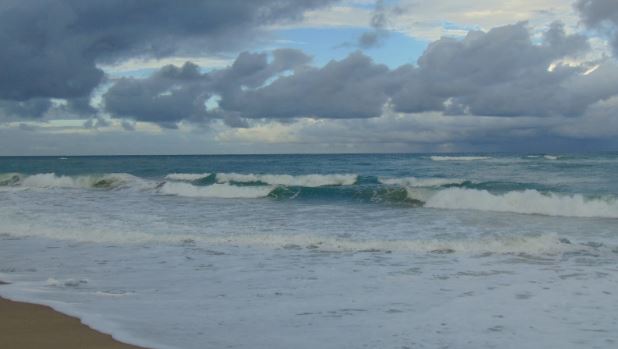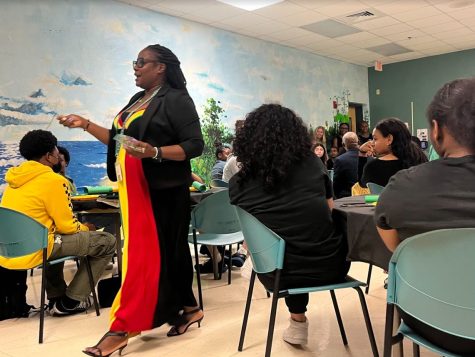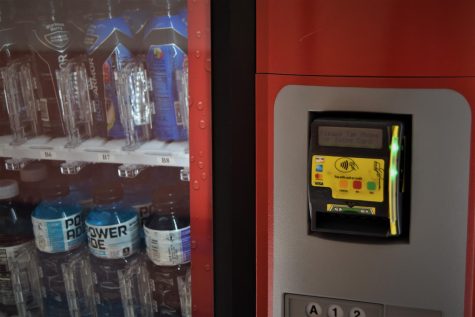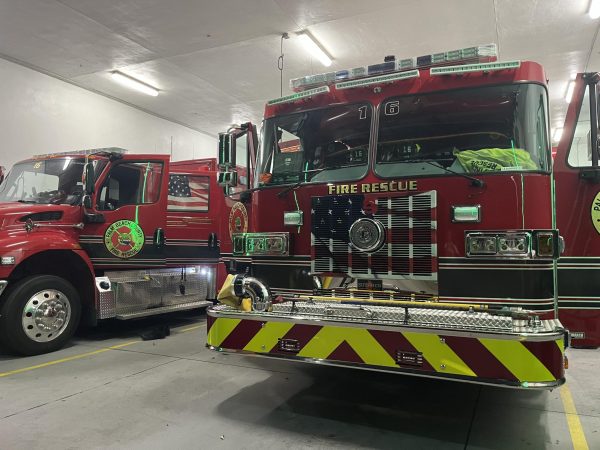Active hurricane season not over yet
The 2020 hurricane season is one for record books, and we still have two months to go. So far, we’ve had 23 named storms, eight hurricanes and two major hurricanes.
“An active hurricane season happens as a response to warmer seas,” Aaron Lichtig, a Jupiter High science teacher, said. “Hurricanes, also known as tropical cyclones, require moisture and warm temperatures to form and grow. As the average global temperatures rise, it’s not hard to connect the dots to see the immediate effect on hurricane season.”
With such an active season, one that continues until Nov. 30, it’s important to be prepared and informed.
“Make sure that you’re not waiting until a warning or a watch, to be stocked up with supplies. Make sure you have gas in your car, make sure you have food. Make sure you know where you’re going to go, have a plan for your pets, all of the things that they tell you. Make sure you have a grab and go bag which is really important to have along with your important paperwork, or things that you find important,” Teresa Thornton, Jupiter High science teacher, said.
It’s also important to understand the difference between an active and inactive hurricane season.This year has been particularly active. In fact, the regular storm names have all been used, and meteorologists are now identifying tropical cyclones using the Greek alphabet. The storms vary in intensity based on pressure, wind speed and storm surge.
“My understanding is that an inactive season is one in which all of the parameters are suited to have more hurricanes or stronger hurricanes than an average season. And that would be the parameters…like wind shear temperatures that occur this summer. Solar flare temperatures in the poles, melting-pushing the cold water down, jet streams, all of it,” Thornton said.
In addition to being aware of how an active season affects our lives, it’s helpful to know the general movement of the tropical cyclones and from where they originate. South Fla. is often in the path of tropical storms and hurricanes.
According to information on the National Hurricane Center’s website, “Hurricanes can originate in different locations and travel much different paths from the average. Nonetheless, having a sense of the general pattern can give you a better picture of the average hurricane season for your area.”
For more information on active tropical cyclones, visit https://www.nhc.noaa.gov/ or https://earth.nullschool.net/.
“A website called earth.nullschool.net…is wicked cool because you can see the hurricane where it is. It’s an international collaboration of what’s happening on the globe. Now, as far as ocean currents to wind. Everything that you can want you can find in the little Earth in the corner,” Thornton said.
















